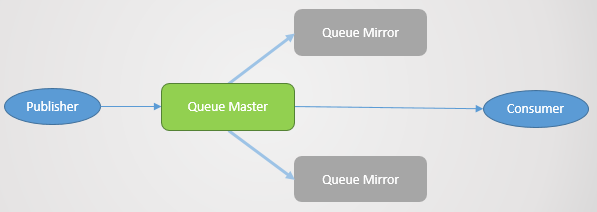Application Containerization:
- OS-level virtualization , used to deploy and run application without launching entire VM for the respective app.
- Needs to ensure the application is tested in container before shipping to higher environment. Dependency and security, access might be different in the next envs.
- Wrap your code to lightweight container and pass it on to Ops team to deploy it to prod.
- You can setup your own repository as needed.We can create image using current container as well.
Commands:
Docker pull :
download image and put in your local m/c
Docker run:
Docker stop
Docker exec -it <image_name> /bin/bash //Docker enter into the container
Docker commit <image_name>
repo_name/image_name:some_tag
Docker login default/<repo>
Docker push > repo_name/image
From command is
used to specific the base image/ reference branch on which we are going to
create image. Further layer on top of it.
Sample File:
FROM ubuntu
//FROM repo_name/<ubuntu_image_name>
// From google? Login
to google repo: docker login url
RUN apt-get -y
install apache2
Add <source_location>
<destination>
Add . var/www/html
CMD apachectl -D FOREGROUND
ENTRYPOINT apachectl -D FOREGROUND
COPY:
CMD is used to run
on the start of the container. ‘apachectl
-D FOREGROUND ‘ Used to keep the container up and running.
ENTRYPOINT: can’t
be override using argument
For eg. Docker exec
-it <image_name> /bin/bash . Here /bin/bas is getting overridden using
CMD
Every container will
require a single process which should always keep on running at the container
start. Apachectl command is going to be executed at the time of container start.
Put a script , ru
a while loop using sleep command. Sleep command will make sure that conainer is
always running. So pass on any command that keep the container up and running.
Sample2 - v1
Vim Dockerfile //
when we run the build, it will always look for Dockerfile
FROM ubuntu:latest
RUN apt-get update
RUN apt-get install
apache2
ADD index.html /var/www/html
ENTRYPOINT apachectl -D FOREGROUND
ENV name DEVOPS
Each line adds a
separate layer. Need to achieve the target with minimum number of run command.
Run command will
be executed at the time of creating the image
Sample 2 - v2
FROM ubuntu:latest
RUN apt-get update
&& apt-get install apache2
ADD index.html /var/www/html
ENTRYPOINT apachectl -D FOREGROUND
ENV name DEVOPS
ENV name =DEVOPS name1=hello-docker
Whenever there is
a public stuff, while pulling login is not required, During push it does
require.
Docker build -t
<repo_name>/<image_name>:version_0.1 // create
Docker push <repo_name>/<image_name>:version_0.1
docker run >-d <image_name>
docker inspect
container_id . It runs on a private IP.
Need to expose the container to the host m/c in order to access it.
docker run -p host_mc__port_81: container_port_80 -d
image_name.
docker run -p 81:80 -p 82:8080
Ultimately we are
going to hit host m/c not the container
External_ip:exposed_ip
Netstat -tunlp
Docker rm image_name
EXPOSE
